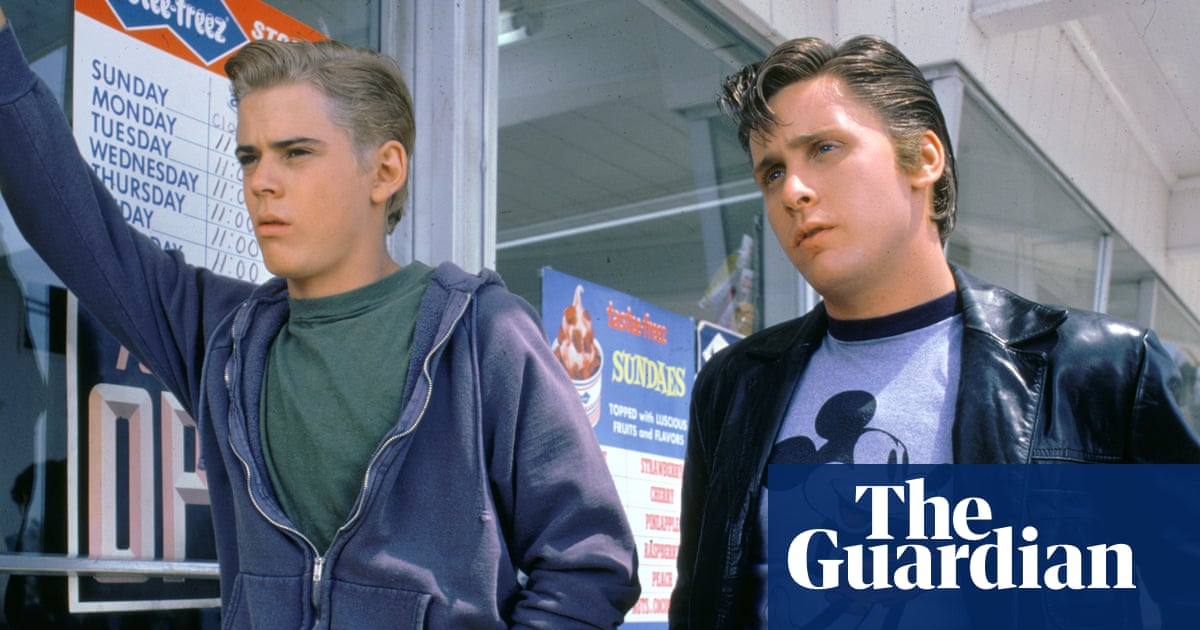What is scary about “Tilly Norwood”, the new AI-generated screen star created by the digital studio Xicoia, and launched in a pre-emptively ironic comedy video mocking the soulless unoriginality of AI, is how very convincing it looks in all its girl-next-door cheerfulness. I was expecting something like those Stepford-Wife AI language tutors that crop up on your Instagram feed, promising to practise German or Spanish or French with you. But it has to be said: “Tilly” is like an iPhone 17 making those faces look like a Nokia brick. It is not on screen for long and perhaps vanishes just before you sense something’s off, but as things stand, “Tilly” doesn’t look obviously less real than many of the performers who appear on screen today.
It is not merely that the technology which creates these unreal figures gets relentlessly better and better – the creators of “Tilly” have in effect plagiarised a million style and performance touches from legions of actors who once sweated real blood to make a success of them. It’s also that the aesthetics of real-world performance and writing are themselves getting more and more programmatic, blandifying downwards to meet the robot’s existence halfway and create a seamless uncanny-valley context in which it can thrive. It is not merely a question of the aesthetics of female beauty (created by an overwhelmingly male army of coders and tech bros), but an aesthetics of everything on the screen.
Of course, it could be that Xicoia does not seriously expect “Tilly” to have an acting career with agents etc, and the whole thing is a cunning AI-generated media row to publicise its brand. But who can doubt that AI actors are a thing? Notoriously, the movie Alien: Romulus recreated an AI avatar of the late Ian Holm to reprise his role in the 1979 sci-fi classic. It didn’t look real. But that was all of a year ago.
So far, the media coverage has taken an indulgently bemused tongue-in-cheek approach to “Tilly” and the threat “she” represents. But a number of very real tech people created “Tilly” and a number of very real corporate lawyers are there to enforce ownership and licensing of the brand. CEO Eline Van Der Velden has defended the existence of “Tilly” but, assuming that she herself has no hands-on coding experience of its creation, I wonder if we might also hear from the team of Victor Frankensteins under her command, the guys doing the grave-robbing or writing the programs doing the grave-robbing.
What is needed is not luddism, but a real pushback from the film industry, refusing to work with these hyper-plagiarism models – and at the same time a movement like the Dogme 95 collective led by Danish film-makers Lars von Trier and Thomas Vinterberg, swearing to get back to basics, cutting out the flummery and using real actors who look real in real situations, or as real as it gets in any movie. And, as I have said many times, we need another movement like the Campaign for Real Ale in the 70s, which was repeatedly told that gassy tasteless lager was the way of the future – but refused to accept it.

 2 months ago
88
2 months ago
88

















































